According to a three-year study by Bonefish and Tarpon Trust and Florida International University, Florida’s bonefish are on drugs. Lots of them. Researchers analyzed tissue samples collected from a large geographical area along Florida’s coast, ranging from Biscayne Bay near Miami to an area west of Key West, testing for the presence and concentration of commonly prescribed pharmaceuticals. Every fish the researchers tested contained at least one pharmaceutical, with one fish testing positive for 17 different prescription drugs. On average, the bonefish that were tested contained 7 different pharmaceuticals. Overall, a total of 58 different drugs were detected in the Florida bonefish the researchers sampled.
“Coastal fisheries face increasing threats associated with human-based contaminants,” said Jim McDuffie, BTT President and CEO. “Pharmaceuticals are an often overlooked dimension of water quality and their presence in South Florida bonefish is cause for concern. These contaminants pose a significant threat to the flats fishery, an important part of Florida’s recreational saltwater fishery, which has an annual economic impact of $9.2 billion and directly supports 88,500 jobs.”
The drugs detected in the bonefish sampled throughout the study ran the gamut of commonly prescribed medications. Antidepressants, blood pressure medications, prostate medications, antibiotics, and pain relievers were the most commonly detected. Researchers also found evidence of heart medications, antihistamines, antifungal medications, and opioids.
More important than the mere presence of these prescription drugs, however, was the concentration at which they were detected. Researchers tested each sample to determine whether the pharmaceuticals detected were present at therapeutic levels—concentrations high enough for the drugs to produce the impacts they were designed to produce in human patients they were originally prescribed to. According to the results of the study, more than half of the fish tested (56%), contained pharmaceuticals at therapeutic levels. In some of the study regions, as many as 60-65% of the fish sampled contained drugs at therapeutic levels.
This is particularly troubling, as previously conducted studies have demonstrated that prescription drugs present in fish at therapeutic levels can dramatically alter fish behavior and fitness—affecting feeding behaviors, habitat use, migration patterns, survival rates, and reproductive success.
Researchers also detected many of the same drugs in bonefish food—namely pink shrimp, mud crabs, and toadfish. Not only did these favorite bonefish prey species contain evidence of pharmaceuticals, results showed even higher concentrations of prescription drugs in these species than in the tested bonefish populations. Bonefish prey species contained 11 different prescription pharmaceuticals on average, with one individual sample containing as many as 24 different drugs.
The culprit for this contamination of ocean waters and ocean species with prescription drugs, the researchers indicated, was a lack of regulations regarding the disposal of pharmaceuticals as well as insufficient wastewater treatment. According to BTT, “Approximately 5 billion prescriptions are filled each year in the US, yet there are no environmental regulations for the disposal of pharmaceuticals worldwide. Pharmaceutical contaminants originate most often from human wastewater and are not sufficiently removed by conventional water treatment.”
“These troubling findings underscore the urgent need for Florida to expand and modernize wastewater treatment facilities and sewage infrastructure statewide,” said McDuffie. “Governor DeSantis’s leadership and historic funding for water quality improvements, along with legislative support and funding, have set us on the right path. Now we must expedite those efforts, increase investment over the long term, and pursue innovative solutions. We must accelerate septic to sewer conversion, and in those places where sewage is not available, require the use of advanced septic technology. The health of our citizens and the coastal resources that support Florida’s economy depend on it.”





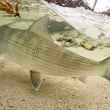





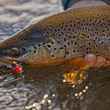


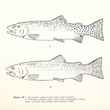

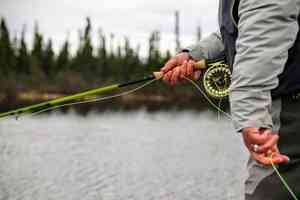



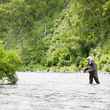








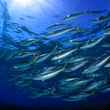

Comments
david hunt replied on Permalink
Struggle with the concept that the levels were not reported as metabolites, Definitely makes it hard to interpret from a scientific perspective.
Moko replied on Permalink
Interesting article and unfortunately not entirely shocking. It would be good to state the sample size - I.e. how many bonefish were tested over the 3 years
Pages